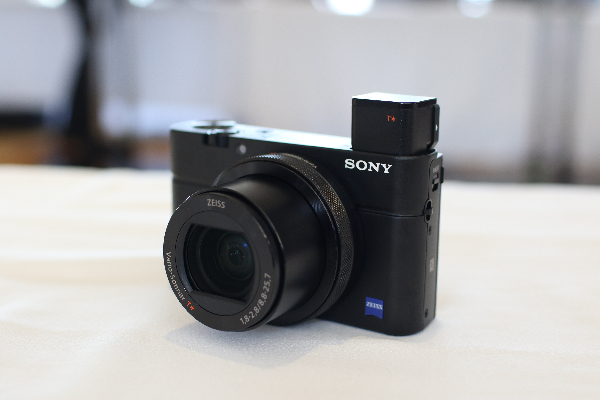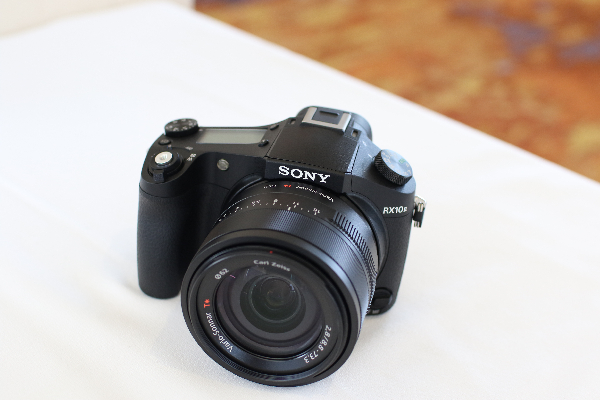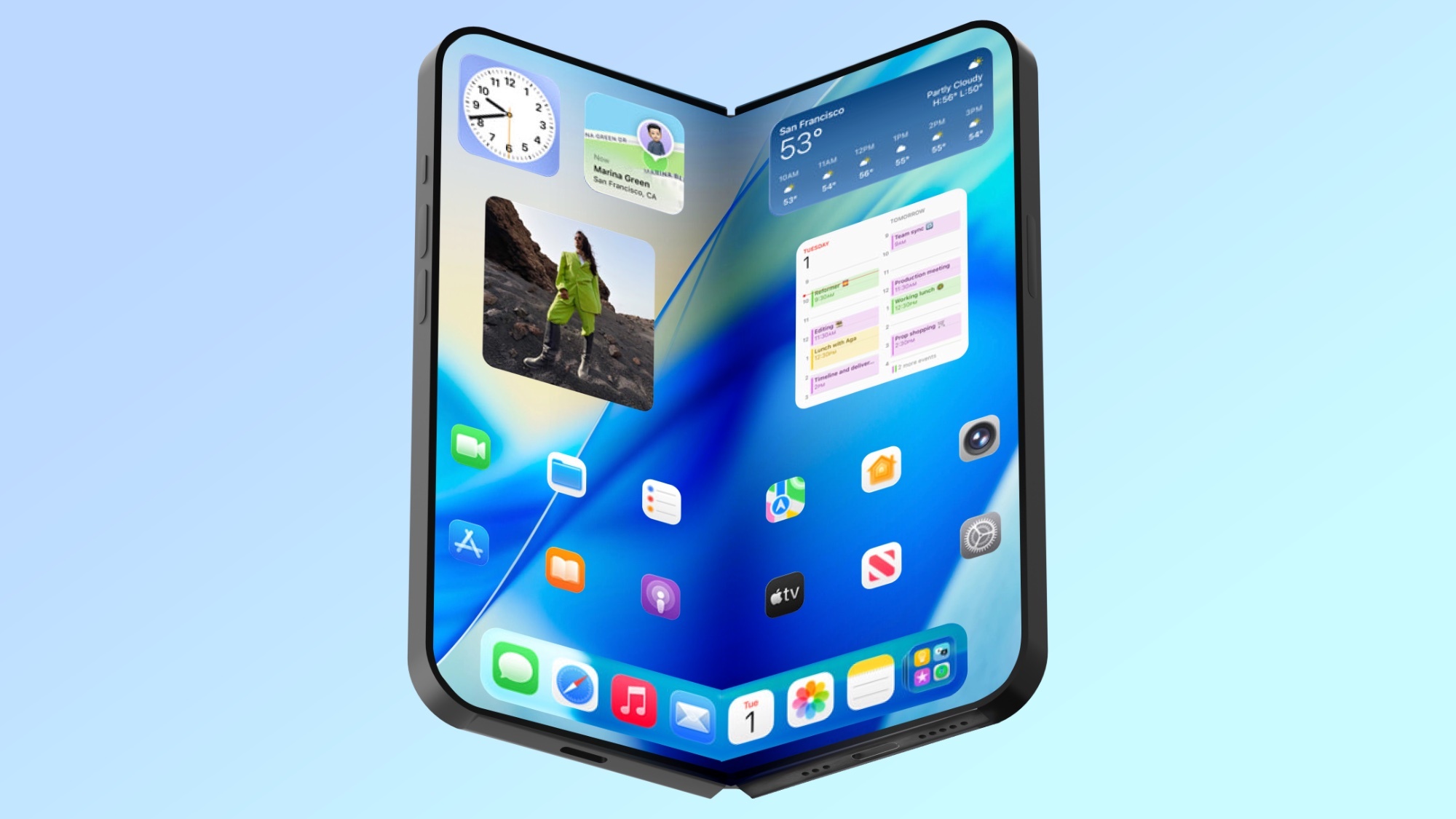Sony Alpha 7R II Combines 42-MP, Super High ISO, Killer 4K
Sony has unveiled three cameras, including one that can go up to ISO 102400 and two that can shoot slo-mo video at 960 fps.

Sony introduced three new digital cameras today (June 10), which the company claims are "game changers" for the industry. Targeting pros and enthusiasts, the $3,200 Alpha 7R II is the world's first interchangeable lens camera with a back-illuminated 35mm full-frame sensor. Translation: you can achieve 42-megapixel resolution and super-high ISO levels without compromise. The more affordable RX10 II ($1,300) and and RX100 IV ($1,000) will both offer crazy slow-mo video recording at 960 frames per second, along with 4K video recording.
Alpha 7R II
Available in August for $3,200, the new Alpha 7R II uses the world's first back-illuminated 35mm full-frame CMOS image sensor, which combines 42.4-megapixel resolution and high ISO up to 102,400m meaning you could easily shoot by candle light. That's unheard of for cameras, which typically require a trade-off of sensitivity for high resolution. The camera also promises a fast response, about 3.5 times faster than its predecessor.

The Alpha 7R felt very comfortable to hold. While we had to cramp our fingers somewhat to reach all the dials, they were easily accessible and responded quickly. Also, most are customizable, so that you can configure them to your liking. Predictably, setting the camera to ISO 102,400 resulted in grainy images, but it's fun to know that you can shoot at that speed.
The Alpha 7R II employs a new BIONZ X Image processing engine for high resolving power, as well as shutter vibration suppression features. This allows for silent shooting. Sony's FE lenses are designed to maximize the high resolution. Sony says the results are particularly impressive in nature photos.
MORE: Best DSLR Cameras From Beginner to Pro
The company's fast, hybrid autofocus system has been upgraded to offer 399 phase-detection points, which will give you up to 40 percent faster AF speed, when compared to the Alpha 7R. You'll also get an advanced motion-detection algorithm and 5 fps continuous shooting.
Sony's five-axis image stabilization has been optimized for full-frame sensors. This in-camera stabilization should benefit any lens.
Get instant access to breaking news, the hottest reviews, great deals and helpful tips.
Impressively, the Alpha 7R II is the world's first camera to offer 4K movie recording in full-frame format. In fact, the device collects about 1.8 times as many pixels as required for 4K movies using a Super 35mm capture mode. The result is footage that looks as crisp as a still image, without any artifacting. The sample footage we saw of everything from a frog up close to a group of houses looked hyper-real.
The Alpha 7R II sports an XGA OLED viewfinder with revised optics with the world's highest magnification at 0.78 times.
RX10 II and RX100 IV

Coming in July, the pocketsize RX100 IV ($1,000) and the larger RX10 II ($1,300) use the world's first 1.0-typed stacked CMOS sensor with DRAM chip. The 5X faster readout leads to a host of capabilities, including up to 40 times (960 fps HFR) super slow motion video recording. Recording time is 2 seconds or 4 seconds, which is selectable.
In a video sample, Sony showed a butterfly flying, and I could make out every individual flap of its wings. In a video we shot of a magician shuffling cards, you can almost make out the individual suits as the deck flies by.
What's more incredible is how compact the RX100 is; this camera will easily fit in your pocket, if you're not troubled by spending $1,000 on a point-and-shoot.

The two new cameras also offer 4K video recording. The smaller RX100 IV is limited to 5 minutes of recording at one time. The larger RX10 can shoot up to 29 minutes of continuous 4K.
With wide dynamic range, you can capture images in extraordinary images in very bright conditions and up to 1/32,000 of a second. That's not a typo. Sony also promises minimal subject distortion and high-speed continuous shooting. The RX100 IV can do 16 fps and 24 MP and the RX10 II can shoot up to 14 fps at the same resolution.
- Best Mirrorless Cameras From Beginner to Pro
- Top Photo-Editing Software
- Camera Recommendations for All Kinds of Photographers
Follow Mark Spoonauer at @mspoonauer. Follow Tom's Guide at @tomsguide, on Facebook and on Google+.
Mark Spoonauer is the global editor in chief of Tom's Guide and has covered technology for over 20 years. In addition to overseeing the direction of Tom's Guide, Mark specializes in covering all things mobile, having reviewed dozens of smartphones and other gadgets. He has spoken at key industry events and appears regularly on TV to discuss the latest trends, including Cheddar, Fox Business and other outlets. Mark was previously editor in chief of Laptop Mag, and his work has appeared in Wired, Popular Science and Inc. Follow him on Twitter at @mspoonauer.
-
jakjawagon ReplyWith wide dynamic range, you can capture images in extraordinary images in very bright conditions and up to 1/32,000 of a second. That's not a typo.
Are you sure? -
Heinrich17 All three cameras are interesting indeed. The A7R II could cause problems for both Canon and Nikon in that it supports PDAF for third party lenses... i.e. it should be able to Autofocus Canon Lenses well using an adapter with electronic contacts. That means people that have lots of Canon lenses could potentially change to Sony mirrorless and still use most of their gear and have stabilized prime lenses...something not possible using a Canon body!!! If I didn't already have the A7S, I would consider the A7R II for video work. I think the two smaller ones will be pretty popular however. They are moderately priced and are versatile. The RX10 II is basically an all-in-one event camera and the RX100 IV is perfect for vacations or just carrying everywhere.Reply

